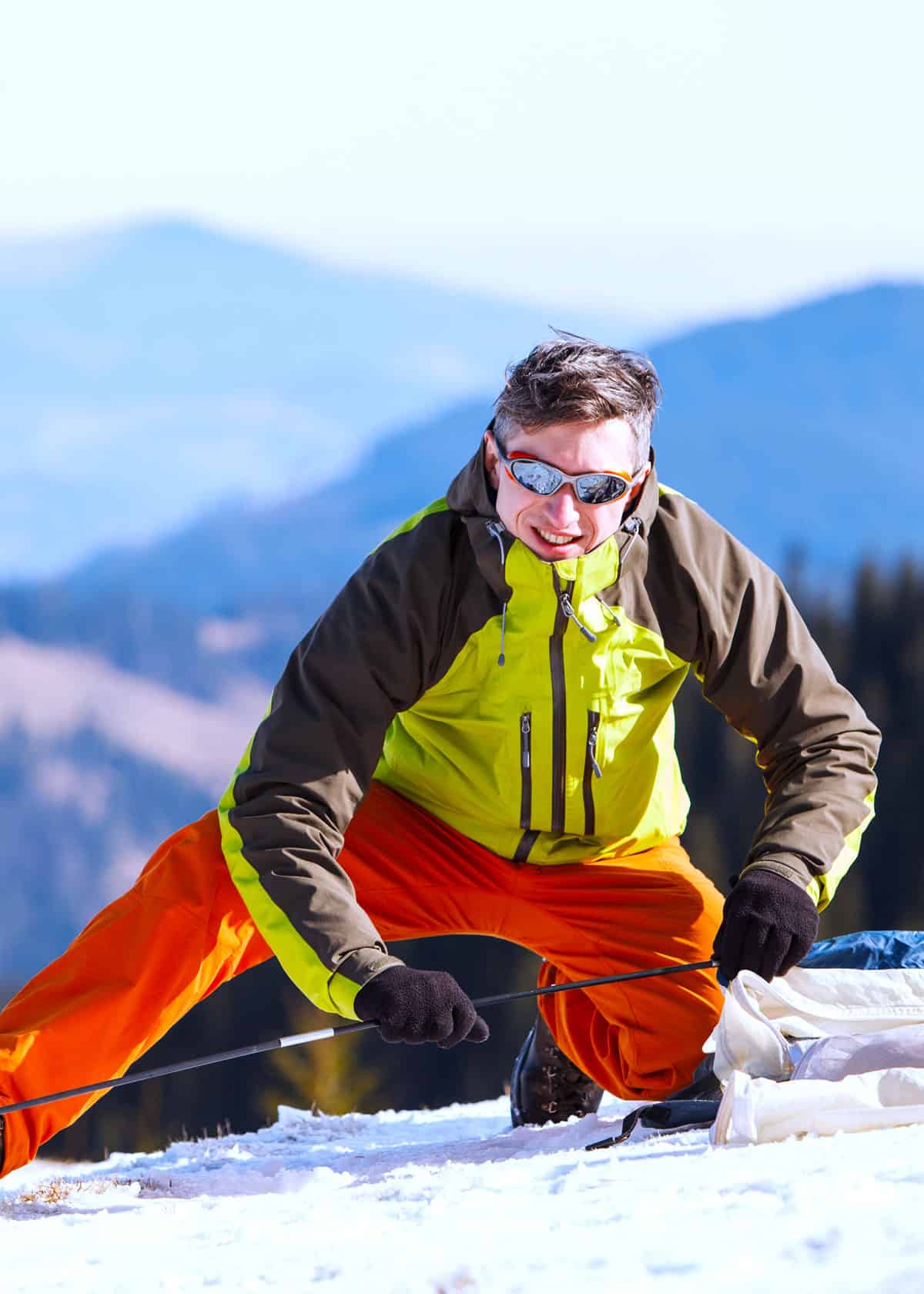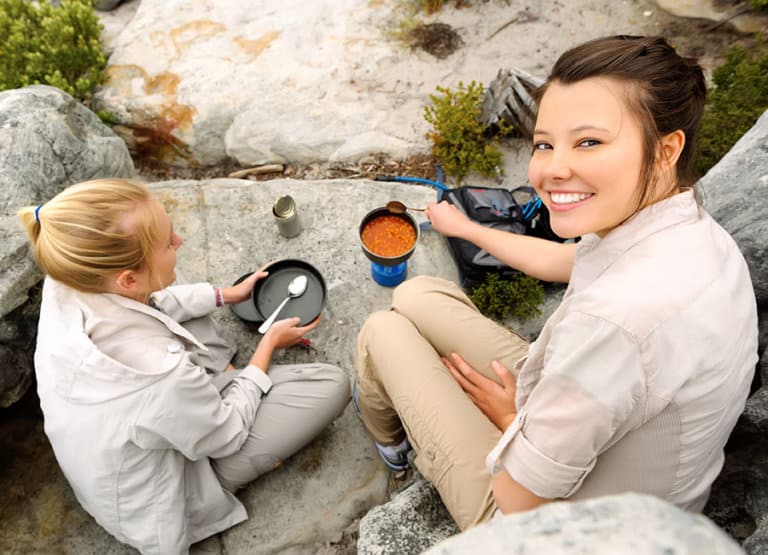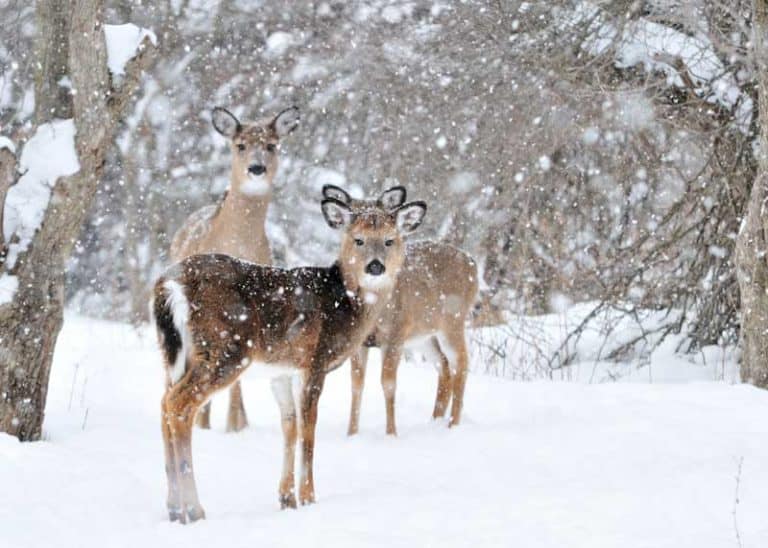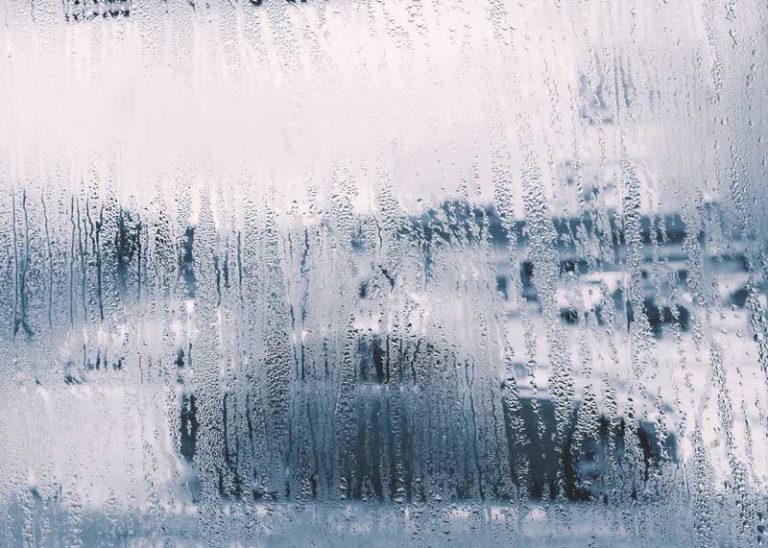How to Insulate a Tent for Winter Camping: 9 Tips (So You Don’t Freeze)
Heading out on a camping trip this winter? Here’s how to insulate a tent for winter camping. This post includes numerous tips and gear suggestions so you’ll stay comfortable and safe from the cold.

How to Insulate a Tent for Winter Camping: 9 Tips
Depending on the type of camping you are planning to do this winter there some things you can do to stay warmer.
There are lightweight options for you that are easy to set up and easy on the wallet as well, so you can adapt your summer tent to become your winter tent quite easily.
Let’s get started so you can get out there and enjoy those pristine winter landscapes and explore the empty trails because let’s face it, that is the biggest perk of winter camping… practically having the place to yourselves.

So, here are 9 helpful tips to help you stay warm all night long.
1. Bring Your Smallest Tent
Smaller is warmer. The less space you have to heat the more heat that stays near you.
It may seem like common sense but if you camp year-round, that big breezy summer tent may be an icicle in winter, so perhaps look at investing in a smaller tent for winter to lock that heat in.
Or, if you like having more room, then there are plenty of tents on the market specially designed for camping in winter that even allow you to have a small stove inside which will keep you toasty warm.
Just be sure to use any indoor heating source very carefully and never leave it unattended. Here’s our Safe Camping Guide to Tent Heaters.
The last thing you want is to damage the tent and end the camping trip.
2. Ground Insulation
A ground mat, rug, blanket (even large towels if you have nothing else) can be used to insulate the floor of your tent. This will make your night’s sleep more comfortable by helping to stop or greatly reduce the cold winter seeping into your bones.
There are sleeping mats specially designed for this which are great for putting a buffer between you and the cold winter ground.

Check out our full Guide to Winter Camping
3. Cover Up
Waterproofing a larger rain fly, tarp or cover and placing it over your tent will not only keep dew, frost, and snow out, but also help locks heat in.
Before you leave home set up your larger winter rain fly and test it by spraying it with the hose. If you see leaking, then re-waterproof it before your trip to help dew, fog, rain or snow slide right off.
Another option is to buy one, especially for your winter gear. It doesn’t have to break the bank and it can also be used as a lean-to, windbreak or ground cover.
4. Wind Breaks
Try to set your tent up near a natural windbreak, like shrubs or a large rock formation. This helps reduce the icy winds.
Alternatively, you can pull one side of your tarp down and stake it into the ground so it acts like a lean-to creating a windbreak. This helps lock in more heat and keep those icy winds at bay.
5. Heat Packs
Heat packs are a good way to heat up your sleeping bag and keep you warm all night. The impressive thing is that they even get warmer when in your pocket or sleeping bag.
If they start to lose heat just expose them to air, give them a shake and voila, the warmth returns.
Hot Hands have a good range for hands and body to take with you.
Alternatively, you can take a hot water bottle. It’s a winner, but just remember to make sure the lid is screwed in nice and tight so it doesn’t leak.
There’s nothing worse than cold wet feet in winter!

6. Warm Sleeping Bag
A nice thick warm sleeping bag is the stuff of dreams during a winter camping trip. Adding insulation to lock heat in and provide comfort, the best type capable of keeping you warm even in temperatures down to 0°F is the mummy sleeping bag.
Exactly as it sounds, it keeps you cocooned in warmth with a sculptured drawstring hood that locks the heat in.
7. Wear Thermals
The biggest trick to staying warm during a winter camping trip is dressing in layers. Thermal underwear is a huge part of that and probably the best investment you will ever make.
They are cheap, snuggly, and come in all sizes and colors. If you would prefer something a little less clingy, then just order a set one size up.
Thermal socks are also a terrific idea before hitting the trails. Always make sure to take a backup pair or two to keep your feet dry because cold wet feet is one of the biggest contributors to discomfort, getting sick and even frostbite.

8. Place a Thermal Blanket on the Top of the Tent
Once inside and all zipped up for the night, duct taping a thermal blanket across the top of your tent will reflect your own body heat back down to you helping to retain the heat you generate instead of it dissipating through the walls. It also has the added bonus of being used in case of emergency.
Thermal blankets are waterproof and perfect for keeping the heat in your tent before you get to the point of needing an emergency blanket.
9. Wear something on your head
Because we lose most of our body heat through the top of our heads, a knit hat or balaclava will help you stay warm.
Plus, it also keeps your ears warm which has been known to help you sleep even better.

We hope these tips and tricks help you get out there, and that your next camping trip is the warmest yet!







I have taught high altitude winter survival for 40 years. My father was also a survival instructor for the military. All of this information are good suggestions. However for anyone who is choosing to challenge Mother Nature in the snow, practice with your gear first. Set up camp in your backyard and have your kids just spray your camp with the garden hose for one hour! This is a good test. If you got wet you are in trouble! Warm and dry, live or die.. Survival kits, the milar sleeping bags, ferro rod, all great stuff for unexpected emergencies in the mountains. But if you head out looking for a survival challenge, you need to bring as much as possible and test it before you go!
Hey Rob, thanks for the great suggestion to test everything at home, before heading out.
Agreed with a lot of the suggestions.
However, most of the options that trap heat in a tent also trap moisture, which will lead to high humidity and condensation on the inside of a tent. That humidity and condensation will get your gear wet and could potentially compromise your safety. Down is especially vulnerable to losing loft when wet.
It’s counterintuitive, but a properly vented tent will keep you warmer/safer in the long run because tents are intended to keep you dry; sleeping bags are what keep you warm.
Invest in a suitable winter sleeping bag (that’s rated below the forecasted temperatures) and a sleeping pad with a high R-value. Those are the components that will keep you warm.
Winter camping is something to respect. It can be fierce. Before committing, know that your gear is suited to the conditions, have an understanding of the risks involved, and build the skillset needed to safely manage those risks.
Start gradually in the back yard and, when ready, transition to short, overnight backpacking trips. Do your first multi-day winter camping in a campground with a car nearby. Learn the capabilities of your gear, build your experience at every step, and you’ll be ready to safely take on the next set off challenges.
The statement under #9, that we lose most of our body heat through the tops of our heads is false.
You make a good point. But there it isn’t that simple. According to Claudia Hammond (BBC), “when the head is allowed to get cold and the body is effectively insulated, the body’s core temperature drops a lot more rapidly than most people would expect.” Also, “It is a curious physiological fact that people do not shiver when only their head is exposed to the elements. Because shivering slows your rate of cooling, not shivering makes you cool quicker than you otherwise would.”
Another item I have found extremely useful is a throw away dehumidifier, they absorb the condensation from your breath whilst asleep preventing cold moisture within the tent!
These are good suggestions but I will definitely take and try out on my tent next time I have to camp which will be in a few weeks, one thing I was thinking though is if I have a big enough tarp that I’ve waterproof really well and conditioner for dry and all the Dead leaves only ground or dry can I use a mylar blanket as a first layer on top of my tent, a day 6 in buffer of Dead leaves and then add my tarp over the top of it kind of like a well insulated wall? But how I was going to do it would be to steak down my tarp on two sides start filling those two sides with leaves and not really compacting and down so much that it’s collapsing my tent but just enough to push a lot of air pockets out plus with the steaks or tucked underneath the tent it would create an airtight seal, then once those two signs start getting decent enough filled I’d stake down the third side and fill it all them up, and leave enough tarp hanging over the door then I can pull both sides around and pull the center down in the between them two and make a waterproof enclosure and if you’re wondering about the door it not being insulated with a layer of leaves I’d put two mylar blankets draped from top of tent down to the bottom